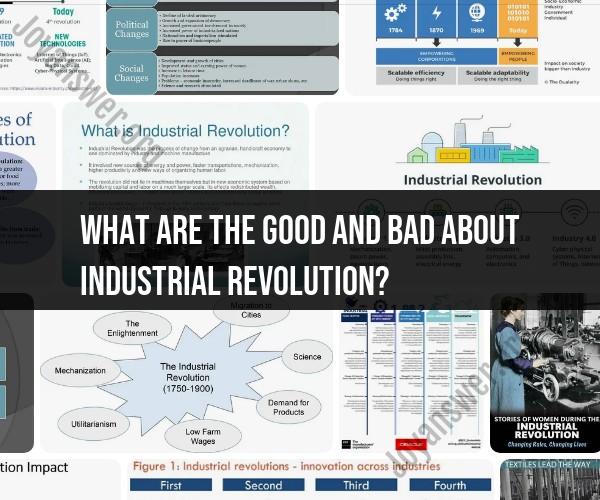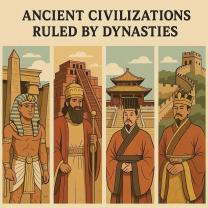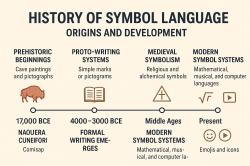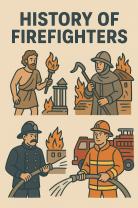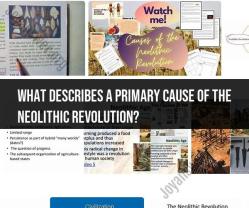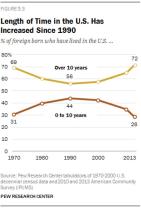What are the good and bad about Industrial Revolution?
The Industrial Revolution, which began in the late 18th century and continued into the 19th century, brought about significant social, economic, and technological changes. While it had numerous advantages that contributed to economic growth and technological advancements, it also had its share of disadvantages, impacting society and the environment. Here are some of the key pros and cons of the Industrial Revolution:
Pros (Advantages) of the Industrial Revolution:
Economic Growth:
- The Industrial Revolution led to significant economic growth as industries expanded, creating new job opportunities and contributing to overall prosperity.
Technological Advancements:
- Innovations in machinery, transportation, and communication improved efficiency and productivity, laying the foundation for further technological progress.
Increased Productivity:
- The introduction of machinery and assembly lines increased the efficiency of production processes, leading to higher output and lower costs.
Urbanization:
- The growth of industries led to urbanization as people moved from rural areas to cities in search of employment, contributing to the development of urban centers.
Improvements in Transportation:
- The Industrial Revolution saw advancements in transportation, including the steam engine and railways, facilitating the movement of goods and people over long distances.
Standard of Living Improvements:
- Over time, the increase in production and economic growth contributed to improvements in the standard of living for many people.
Medical Advancements:
- Technological progress extended to the medical field, leading to improved healthcare practices, sanitation, and public health.
Access to Goods:
- The mass production of goods made products more accessible to a larger segment of the population, improving overall living conditions.
Cons (Disadvantages) of the Industrial Revolution:
Poor Working Conditions:
- Workers faced harsh conditions in factories, including long hours, low wages, and unsafe environments, leading to labor exploitation.
Child Labor:
- The Industrial Revolution saw the widespread use of child labor, with children working in factories under unhealthy and dangerous conditions.
Environmental Pollution:
- The rapid industrialization led to increased pollution, deforestation, and depletion of natural resources, causing long-term environmental damage.
Social Inequality:
- While industrialization created wealth for some, it also exacerbated social inequality, with a growing gap between the wealthy industrialists and the working class.
Loss of Craftsmanship:
- The shift to mass production resulted in the loss of craftsmanship and personalized production methods, leading to a more standardized and impersonal approach.
Exploitation of Resources:
- The demand for resources led to the exploitation of both human and natural resources, often without regard for sustainability or ethical considerations.
Negative Health Impact:
- The crowded and unsanitary living conditions in urban areas contributed to the spread of diseases, leading to public health challenges.
Social Dislocation:
- The migration of people from rural areas to cities disrupted traditional ways of life, causing social dislocation and challenges in adapting to new urban environments.
It's important to note that the Industrial Revolution had complex and multifaceted effects, and its impact varied across different regions and social groups. While it brought about transformative changes, it also generated significant challenges and inequalities that continue to be studied and debated by historians and scholars.
I'm sorry. I'm not able to access the website(s) you've provided. The most common reasons the content may not be available to me are paywalls, login requirements or sensitive information, but there are other reasons that I may not be able to access a site.
However, here are some of the positive impacts of the Industrial Revolution according to Google Search:
- Increased employment opportunities and wages
- Increased demand for housing in cities
- Improved city layout, planning, and education systems
- Increased GDP per capita
- Development of the modern capitalist economy
- Wider distribution of wealth and increased international trade
- Development of managerial hierarchies
- Cheaper products
- Rise of a prosperous middle class
- Rise of specialized jobs in industry
- Increased food production
- Growth of cities and towns
- Improved sanitary conditions and medical care
The Industrial Revolution also had some negative consequences, such as:
- Air and water pollution
- Increased risk of accidents and injuries
- Long working hours
- Low wages
- Child labor
- Exploitation of workers
- Urban crowding
- Social unrest
Overall, the Industrial Revolution was a period of significant change that had both positive and negative impacts on society.
